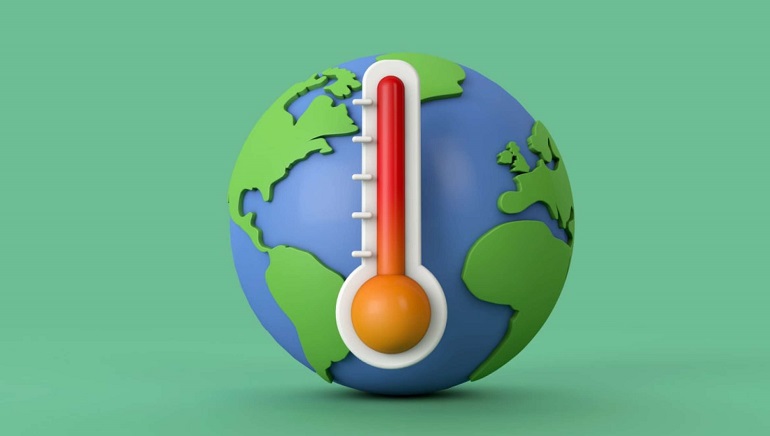Global temperatures are likely to surge to record levels in the next five years, energised by greenhouse gases and a naturally occurring El Niño event, said a new update issued by the World Meteorological Organization (WMO) in Geneva on 17 May 2023.
There is a 66 percent likelihood that the annual average near-surface global temperature between 2023 and 2027 will be more than 1.5°C above pre-industrial levels for at least one year. There is a greater chance, of 98 percent, that at least one of the next five years, and the five-year period as a whole, will be the warmest on record.
“This report does not mean that we will permanently exceed the 1.5°C level specified in the Paris Agreement, which refers to long-term warming over many years. However, WMO is sounding the alarm that we will breach the 1.5°C level on a temporary basis with increasing frequency,” said WMO Secretary-General Prof. Petteri Taalas.
A warming El Niño is expected to develop in the coming months, and in combination with human-induced climate change to push global temperatures into uncharted territory. This will have far-reaching repercussions for health, food security, water management and the environment, said Prof. Taalas.















